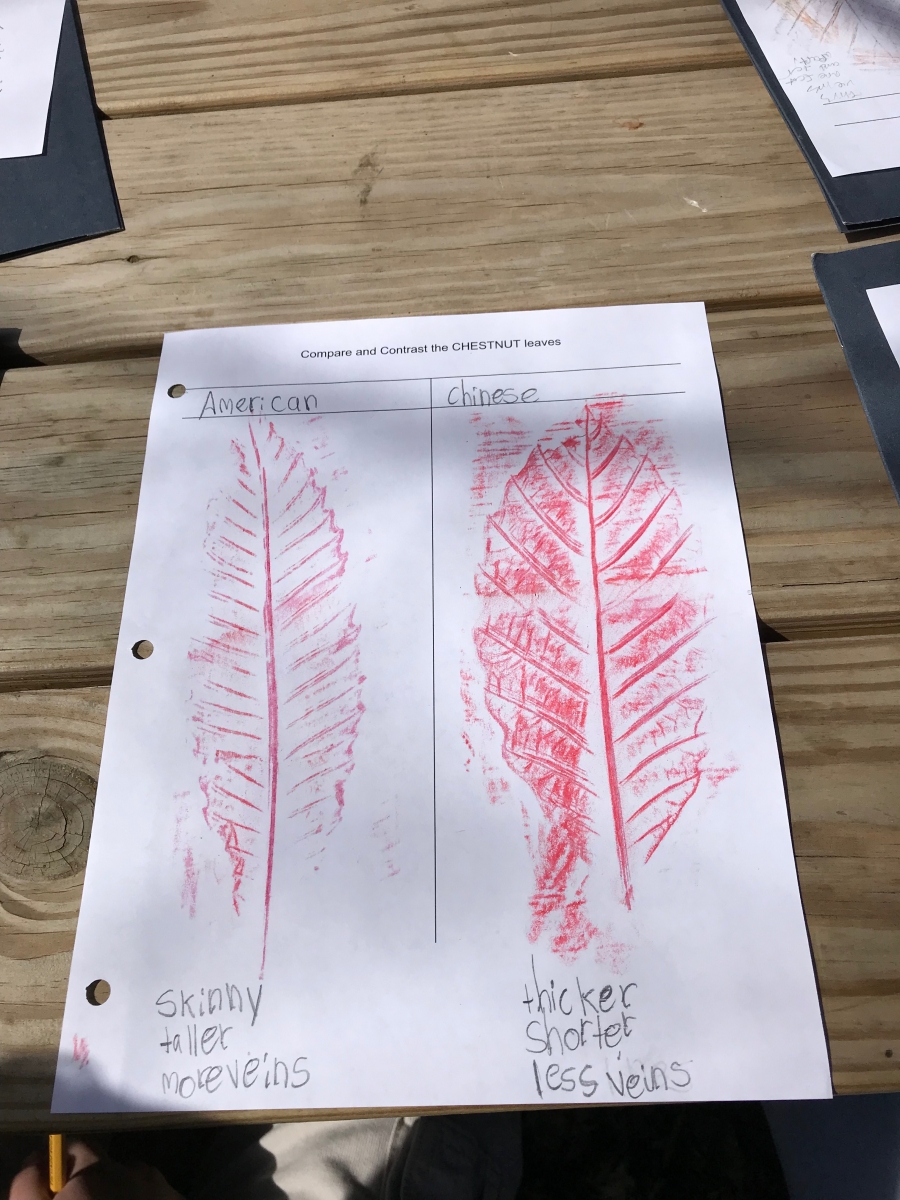Grade 7 Project Students examine the existing biodiversity of their schoolyard as part of a watershed habitat, research historical and current human impacts that decrease diversity, and investigate organism life needs. They are taking action to increase the diversity of their schoolyard through the development of a pollination garden.
Driving Question: How do humans impact Habitats and Biodiversity?
Issue Investigation
Each content area focused on issues relating to human impact on biodiversity. In science, students performed a biodiversity audit and develop a plan to increase the diversity of their schoolyard. With mathematics, students calculate the area of the various surface types of school property and develop a plan for spacing plants to give the correct amount of space to thrive in the pollination garden. In language arts, students researched the impact humans have on biodiversity and develop a playlist of songs and poetry relating to the environment or wrote essays encouraging awareness of the watershed. With history, students studied the drastic impact a superfund can have on the watershed and its biodiversity.
Blandy Field Investigations
Students conducted hands-on investigations of various aspects of biodiversity in their local watershed Students investigated the genetics, natural history, and human impacts on the American Chestnut. Students examined adaptations of various Virginia mammals using skulls. And they evaluated the suitability of habitats for organisms' life needs to be met.
Action Project
Students design and plan a pollination garden with the purpose of increasing the biodiversity of school grounds.
Synthesis and Conclusions
Students learned biodiversity makes a healthy watershed. From factories to humans to invasive species can greatly negatively impact a watershed's biodiversity. Therefore, students wanted to positively impact the school's environment.
Resources
Meaningful Watershed Educational Activities - MWEE

This project was funded by a NOAA B-WET Grant # NA18NMF4570315
Developing MWEE capacity through systemic, vertically aligned, integrated curricula, grades K-12

